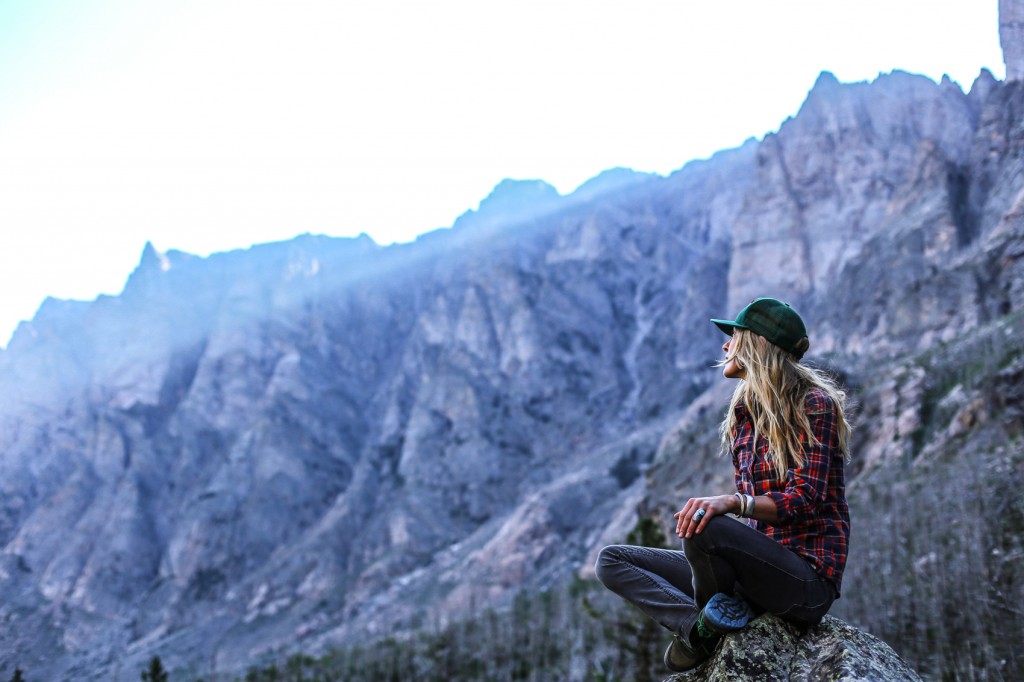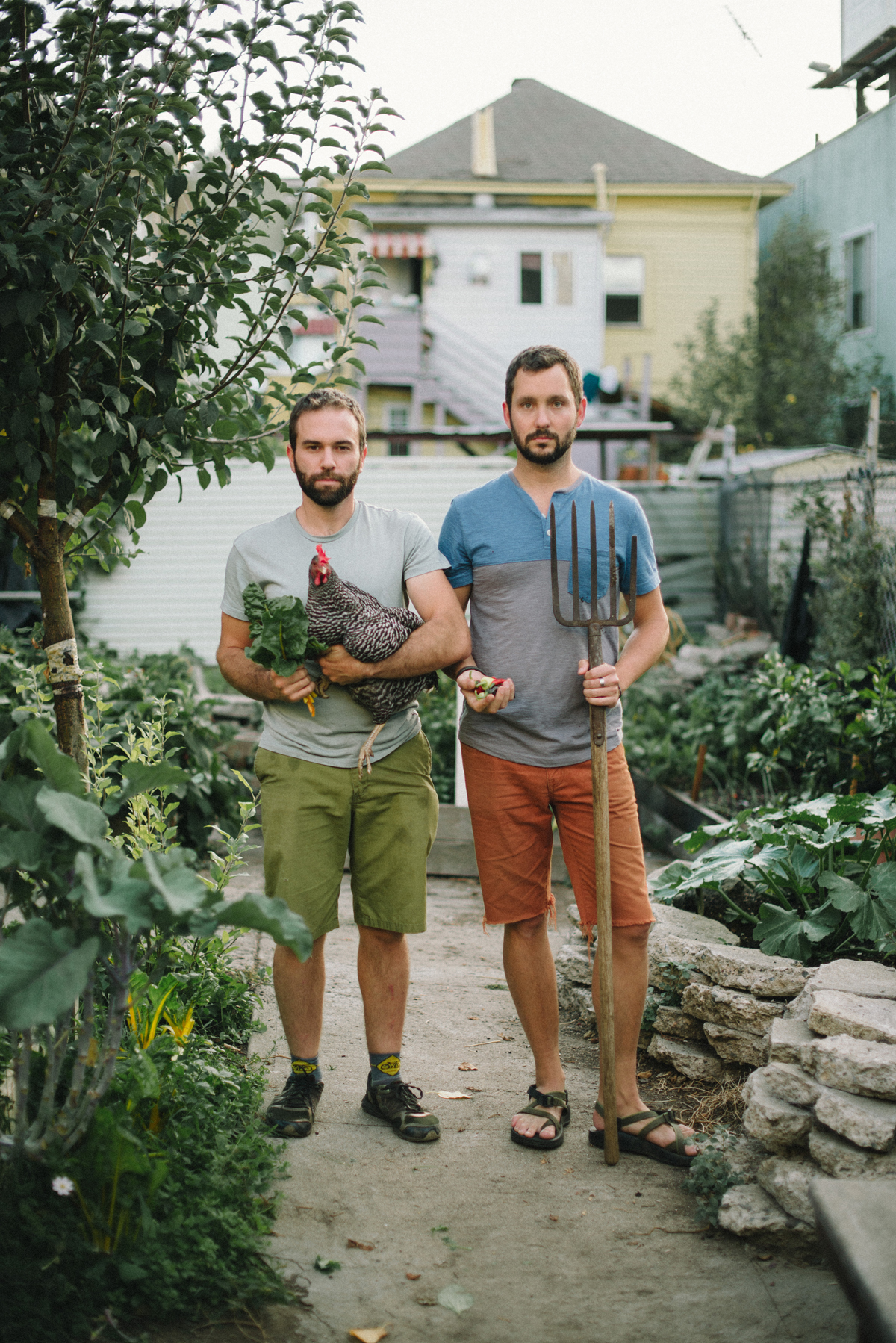(There is a lot here, so please excuse any typos. Better yet, shoot me an email and let me know if you see one.)
Transcript
Tammy:
We usually talk about what is going on in and around people’s homes. But today I am fortunate to have the opportunity to talk to Stacey White from Mode Associates who is an Architect that focuses on educational environments. Stacey has also implemented sustainable design in her own home, but we’ll get into that a bit later in the show. Hi Stacey, thanks for joining me today.
Stacey:
Hi Tammy. Thanks for having me, it’s a pleasure to be here.
Tammy:
Can you tell us a little more about yourself and about your firm?
Stacey:
Sure. My name is Stacey White and I’m an architect and a teacher actually, I teach at a community college here in town, Cuesta Community College and at Cal Poly San Luis Obispo. Most people would call me an environmentalist, but I’m also a mom and a late-in-life endurance athlete, so I’ve got a lot going on in my life. My firm, Mode Associates, was founded in 2009 with a original intention of really focusing on schools. So from preschool all the way up through higher ed, college and university. But we have ended up being involved in buildings throughout California of all project types. We are brought on typically by a variety of design professionals. So we have this very collaborative way of doing projects and work with folks all over. Our firm is located in downtown San Luis Obispo, but we work in a variety of places with a variety of folks.
Tammy:
Great. Can you tell us some of the reasons why it’s important that schools are built green and what are some of the dangers in our current schools?
Stacey:
Well to start off, they have a huge impact. 25% of the population goes to school everyday. That includes students, teachers, administrators, custodial staff…all of the folks really associated with that part of our population. We have well over 100,000 K12 schools…so 133,000, 43,000 colleges and universities, so it’s a big part of our built environment. Our formative years are spent in these buildings. Conditions from a daylighting, energy and health prospective which not only impact human health but our ability to effectively learn as well. So very it’s a very very impactful subsection of the built environment.
Tammy:
And what are some of the dangers in our schools currently that you are trying to now build differently?
Stacey:
Well it’s an interesting question. When you say ‘danger’ I think people think imminent danger, and from my perspective and involvement with this project type, dangers can be near term. Human health issues associated with substandard air quality, which can trigger respiratory illnesses, asthma things like that. But I tend to look at it from a broader prospective, if these buildings are where we learn and the way we design them is to prohibit that, to me that’s the danger. I would say we have both because of how poorly we’ve really considered the ramifications of our design choices.
Tammy:
With what seems like a constant news of budget cuts in schools all over the nation, how does that affect the attitude towards designing and building green schools? Do people see something like that as a luxury or a necessity?
Stacey:
I think that’s a really good question, I was glad to see it, because it does come up. I think one of the biggest issues with schools is that we actually don’t talk about the costs associated with our decisions enough. There’s this tendency to think that there’s this either/or. If we are building cheap schools, that we consider that a cost savings. But if we look at the full impact of our choices, it’s actually not. So I think we should be talking about cost more, because the cost impact of building substandard facilities are huge. That because they result in such ineffective learning, they trigger absenteeism, and for many of our school districts that’s actually how they are funded, based on the average daily attendance. When you have absenteeism we are effectively defunding education. Teacher absenteeism because of bad acoustics and air quality, not to mention the obvious costs of poorly designed schools…so it’s resource uses of gas, electricity and water. I think if we shift the conversation to what are the costs of our choices, that we would end up with better schools and saving money, but it doesn’t have that either/or conversation.
Tammy:
And I’m sure that trickles down into the families cost too with medical bills if their children have these health issues, or the teachers, or the people working there. It has a huge impact that trickles further than just the immediate classroom.
Can you share a success story with us about a school that you have worked on?
Stacey:
Sure. You know, again, I get asked this question a lot. ‘Tell us about your projects’. And while I’m very proud and excited about the projects I get to work on, I can come up with so many great examples of great things my clients are doing. So if it’s ok I’ll shift my answer to that. I was actually involved in the early phases of a project here locally that I’ve had a chance to study from a post-occupancy perspective, so you look at how the buildings are performing after the fact. It’s a project that I started working on in the late 90’s, early 2000’s and was rolled out over a decade. The credit should really be given to Dr. Phil Bailey, he’s the Dean of Science and Mathematics at Cal Poly, and ZGF Architects who were brought on as the design architects. I was brought on very early, and it’s a science building that functions very well academically. So the learning dynamic is very functional, but what I really love about this particular project is that the students have moved in, which was the intent of the design that there were these collaborative spaces that were created. So the students have moved in to these well day lit, comfortable, acoustically functional spaces and are now collaborating across disciplines. So physicists meeting with chemistry majors, and chemistry folks interacting with architects to be, and then interacting with the faculty in such a wonderful way that next year they are actually going to make it a 24-hour building because it’s so dynamic and functioning so well for the campus. I think that a classic example of a project that really can be so much more than a classroom building. It’s just changed the learning experience for a generation of science majors and other majors from a polytechnic perspective. It’s really exciting.
Tammy:
That’s a perfect segue into our next question. How do these changes in their learning environment change the attitudes of students both how they learn and as the become educated in sustainable design and carry that with them, how does that affect them?
Stacey:
It’s a really astute question. There is this wonderful book that I actually buy for my clients and highly recommend…I didn’t write it…it’s called The Third Teacher, and it talks in great detail about the impacts of the built environment on students and teachers. It talks about how the learning experience comes from student to student, student to teacher and also how those folks interact with the school and the grounds around them. It was written as a collaboration between educators and furniture designers who have a pretty powerful role in schools, especial K12. It has some wonderful examples and graphic illustrations of how impactful a school can be, because they shape who we become.
We enter into school environments at a very young age. The habits we form and experience as children create the framework by which we experience the world. That’s really the expectation that we need to have, because when we engage students, when we show them that their environment can support learning, and excite that process, it consciously and subconsciously show how we as a community value the educational learning process. That should be our goal as designers, we should do all of those things, we should design functional spaces, we should design beautiful spaces, efficient spaces, but we should also tell people in them ‘this is an important time…this is what we value’. That’s the standard by which we should hold ourselves. For about a generation we didn’t do that, and that needs to change.
Tammy:
That’s fantastic. There’s an advocacy side to what you do, can you tell us why this is necessary and what is going on right now in this area?
Stacey:
Well it’s an interesting question given that we are talking on the day that people go to the ballots and vote…
Tammy:
Yeah but recording won’t play until a few days after…but yes…the recording day is Tuesday.
Stacey:
Right. So advocacy really is a big part of my work, it didn’t start out that way but what I found very early in my career is that I love the work and I think this work is so important and what we do is so valuable that I was often asked to go and speak on behalf of my clients in various settings. When you believe so strongly in something, it’s very easy to play that advocate role. Because of how we fund projects like this, that is an absolute necessity. That you have to have to be out in front talking about how they are important to prioritize for funding and how they should be implemented in a certain way. It can be very frustrating for folks. Despite the general populous’ interaction with the built environment…we are in buildings right now…people are listening to this likely in a building…that there is really a limited understanding of the big impact of small choices we make. The built environment is significant. When I got to the point in my career when I realized how important that is, I really started to pull that in to the scope of work that I was implementing so that I could help people to understand the ramifications of those little things. Making sure that our policies are sound, that when we have funding mechanisms..that they are in fact doing what we want them to do. I think we have a lot of unintentional consequences when we fund things or write things a certain way, and making sure that those policies are really positive and that we are implementing projects in a productive manner.
Tammy:
So let’s switch gears a little bit and talk about sustainability in your own home. You didn’t build your house correct?
Stacey:
Like all architects, there ends up being a long answer to a short question. I did buy an existing house, it was built in 1922, in a series of houses that were identical near downtown in San Luis Obispo. I’ve remodeled it incrementally for 16 years. So it was a very tiny house when we bought it which was perfect for my husband and I. But then we’ve remodeled it relatively significantly to fit our larger expectations over the years. And when I say ‘raising expectations’ we’ve raised it relatively significantly because it is also where my architectural practice is. So we’ve set it up to house two professional offices, which I have five staff here. So it supports not only a business but our home as well.
Tammy:
So what types of retrofits have you done to make it healthier and more efficient?
Stacey:
So it’s sort of a long list, in that it’s actually zero net energy. So when something is zero net energy you start with designing it so that I can be passively heated or cooled. So we retrofitted the envelope, we looked at rightsizing the glazing and we made sure it was shaded when it needed to be. When we were adding on site energy generation for photovoltaics, that those were right-sized as well. We removed all the impermeable outside surfaces, save one five foot section, so now everything is permeable. We added the PV. We originally had on demand hot water and some other natural gas systems, and since the way we’ve harvested natural gas was environmentally impactful we’ve actually shifted away from natural gas and are now fueling more things from electrical. And we’re actually working towards net zero water. So we have a laundry to landscape irrigation system, rainwater harvesting, all of those things. So we have high expectations of how our home should perform.
Tammy:
Can you tell us a little about your utility bills then?
Stacey:
They are really small. So it’s net zero energy, so those are zero. They are incrementally getting smaller and smaller. I’m an avid cook, so right now that’s still done through natural gas, we’ll be shifting away from that as well. They are actually very very small.
Tammy:
What is one sustainable design element that is lacking in most new homes being built today?
Stacey:
To go back to one item I mentioned before…I don’t think we expect enough of our homes. We’ve never really gotten beyond the idea of homes just providing shelter. I think our homes can do a lot for us and as the single largest investment that many people will make in their lifetime, they should expect more from it. It should save them money from an electricity perspective. It can restore groundwater if we really think about it and implement rainwater catchment and graywater systems for irrigation. It can be your office. In our case we also do home exchange. I drive an electric car so it actually provides fuel for my electric car. I just think that when we hold ourselves to a higher standard it’s amazing what you can do. It takes some time and some systems and design thinking. But it doesn’t even have to cost more money. That’s what I think is missing…is the time to really look at how these things can be great instead of just ok. I know you were looking for a specific item…but I think it’s time, thought and diligence is what’s missing. We’ve lowered our standards too low.
Tammy:
I feel like that’s another whole episode right there. Where can our listeners find you online?
Stacey:
They can find us at ModeAssociates.com. There is a lot of information about our projects and our wonderful staff that we have working here and what we have on the books coming up, we are working on a lot of really exciting projects, it’s been exciting to be a part of them.
























